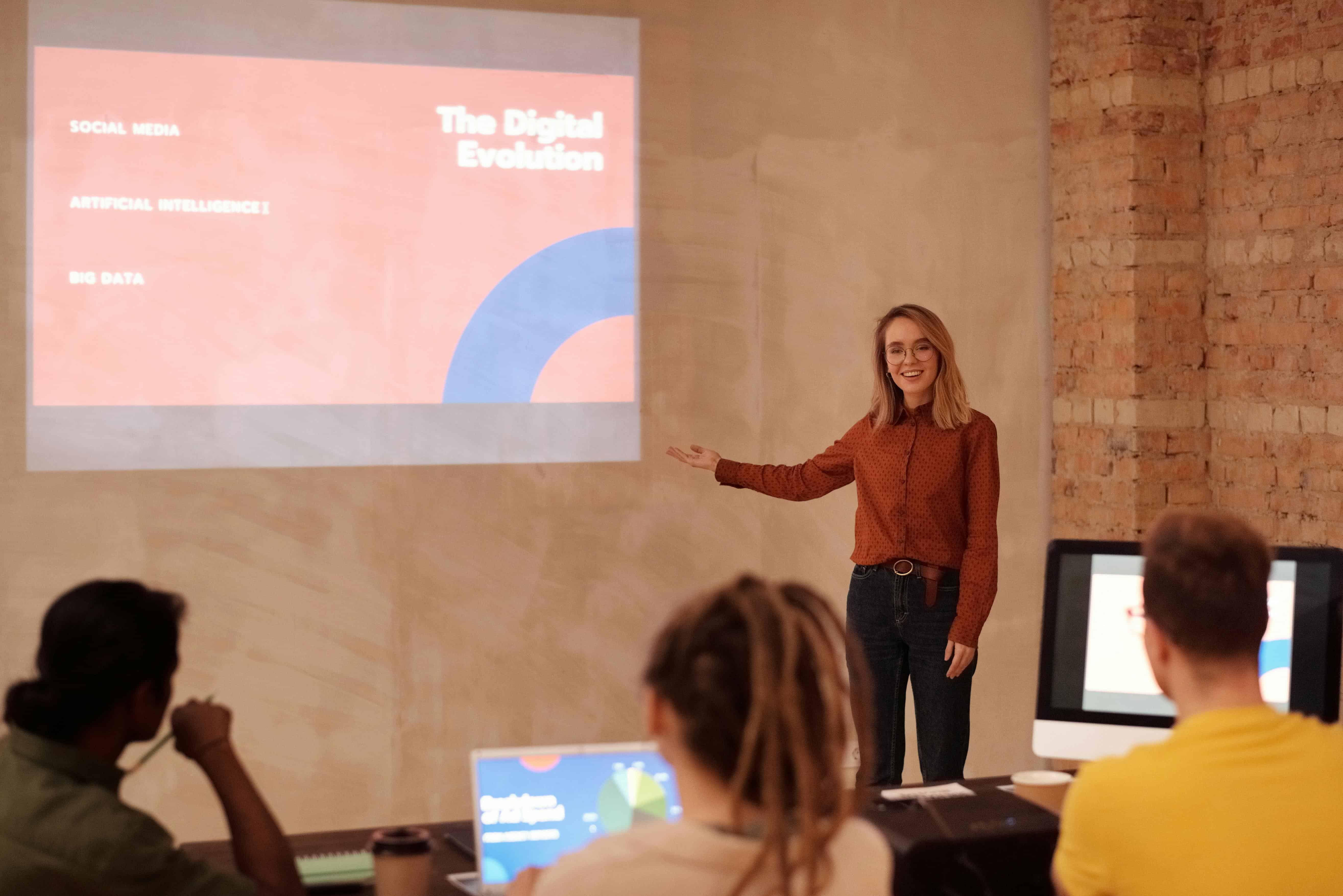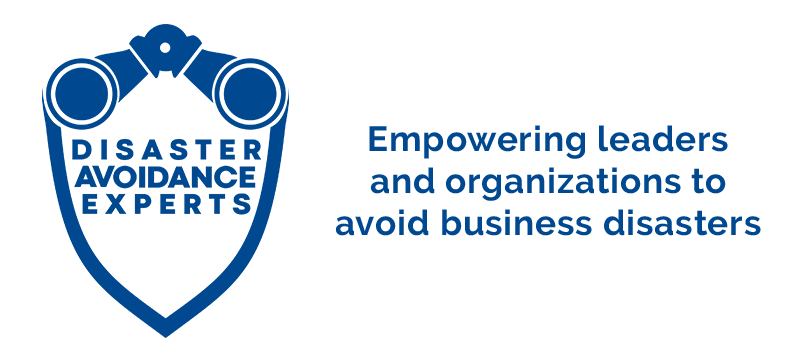Meetings Are the #1 Killer of Productivity

In the rapidly evolving landscape of remote work, managing a dispersed team effectively can be a daunting challenge. Niklas Dorn, Co-Founder and CEO at Filestage, has navigated these waters successfully, leading a fully remote team of about 50 workers. His approach sheds light on how to foster productivity, collaboration, and a thriving company culture in a remote setting, challenging the traditional office-centric models that many companies are reverting to. During our conversation, Dorn revealed that the secret to their success lies in intentional communication, a strong company culture, and minimizing the productivity killer that plagues many organizations: excessive meetings.
The Backbone of Remote Success: Hiring the Right Team
Dorn emphasizes the importance of hiring individuals who are not only skilled but also motivated to work remotely. “Remote work should start with hiring people that want to work with you,” he asserts.
This mindset ensures that team members are aligned with the company’s values and work ethic from the outset, creating a foundation for effective remote collaboration. The process is complemented by a well-defined structure for communication and clear processes, which are crucial for remote teams.
Streamlining Communication
Effective communication is the linchpin of any successful remote team. At Filestage, Dorn has implemented a balanced mix of asynchronous and synchronous communication tools. “We try to reduce the number of meetings,” he says, noting that meetings often disrupt workflow and productivity. Instead, they leverage tools like Loom and Vidyard for asynchronous communication. These tools allow team members to record and share their screens, providing detailed explanations that colleagues can review at their convenience.
Dorn highlights the importance of good documentation and organized project management. “We believe a lot in good documentation,” he explains. By ensuring that all tasks, comments, and relevant documents are well-documented and easily accessible, Filestage creates a seamless flow of information that minimizes the need for constant meetings.
One of the most striking points Dorn made was about the detrimental impact of excessive meetings on productivity. “Meetings are the number one productivity killer if you use them the wrong way,” he asserts. Many organizations fall into the trap of scheduling frequent meetings, which can fragment employees’ time and interrupt their workflow. At Filestage, the strategy is to minimize unnecessary meetings and focus on asynchronous communication methods that allow for more flexibility and uninterrupted work time.
Combating Isolation
Remote work can often lead to feelings of isolation among employees. To counter this, Filestage has put several initiatives in place. Regular daily check-ins, virtual “donut calls” for non-work-related conversations, and online collaboration games help maintain a sense of community. These activities are supplemented by occasional in-person retreats, which Dorn believes are vital for building personal connections and understanding colleagues’ communication styles and humor.
“Once you have seen a person just for one time in real life, you also have a better understanding of their humor and how they communicate,” Dorn notes. These retreats, while not frequent, provide a valuable opportunity for bonding and help reinforce the company culture in a way that virtual interactions alone cannot.
The Role of Technology in Enhancing Remote Work
As the conversation shifted towards technology, Dorn shared insights into how Filestage leverages their own product to enhance remote collaboration. Filestage’s review and approval workflow software streamlines the feedback process, reducing the need for back-and-forth emails and endless meetings. By enabling team members to provide direct feedback on content through an intuitive platform, Filestage facilitates efficient and effective collaboration.
Additionally, Dorn sees a future where AI plays a significant role in asynchronous collaboration. “We will see a lot more asynchronous collaboration and tools that help us,” he predicts. AI can automate tasks such as checking compliance with design guidelines or reviewing legal disclaimers, reducing the manual workload and allowing employees to focus on more creative and strategic tasks.
Cultivating a Remote Company Culture
Building and maintaining a strong company culture in a remote setting requires intentional effort. Dorn believes that company values and culture are paramount, irrespective of whether the company operates remotely or in an office. At Filestage, transparency and proactive feedback are core values that drive their culture. “We strongly believe that we are a feedback company,” Dorn explains. This culture of feedback ensures that employees feel heard and valued, fostering a positive and productive work environment.
Regular career and feedback conversations, coupled with tools that allow employees to anonymously share their happiness and concerns, help Filestage maintain a pulse on the company culture. “If you don’t proactively manage your culture, you will still have a culture, but the question is what kind of culture?” Dorn remarks, highlighting the importance of intentionality in cultivating a healthy and vibrant remote work culture.
Conclusion
Niklas Dorn’s insights provide a valuable perspective on managing remote teams effectively. By focusing on hiring the right people, streamlining communication, combating isolation, and minimizing the productivity-draining impact of excessive meetings, Filestage has created a successful model for remote work. As technology continues to evolve, with AI playing a more significant role in asynchronous collaboration, the future of remote work looks promising.Ultimately, the key takeaway from Dorn’s approach is the importance of intentionality. Whether it’s in communication, culture, or collaboration, being deliberate and thoughtful in how these elements are managed can make all the difference in the success of a remote team, and it’s a message I always highlight to clients as I help them navigate the challenges of refining their flexible work models. As companies navigate the challenges of the modern workplace, these insights offer a roadmap to creating productive, connected, and thriving remote work environments.
Key Take-Away
Minimizing Meetings: Excessive meetings can kill productivity. Filestage minimizes meetings and focuses on asynchronous communication methods. Share on XImage credit: Mikael Blomkvist/pexels
Dr. Gleb Tsipursky was lauded as “Office Whisperer” and “Hybrid Expert” by The New York Times for helping leaders use hybrid work to improve retention and productivity while cutting costs. He serves as the CEO of the boutique future-of-work consultancy Disaster Avoidance Experts. Dr. Gleb wrote the first book on returning to the office and leading hybrid teams after the pandemic, his best-seller Returning to the Office and Leading Hybrid and Remote Teams: A Manual on Benchmarking to Best Practices for Competitive Advantage (Intentional Insights, 2021). He authored seven books in total, and is best know for his global bestseller, Never Go With Your Gut: How Pioneering Leaders Make the Best Decisions and Avoid Business Disasters (Career Press, 2019). His cutting-edge thought leadership was featured in over 650 articles and 550 interviews in Harvard Business Review, Forbes, Inc. Magazine, USA Today, CBS News, Fox News, Time, Business Insider, Fortune, and elsewhere. His writing was translated into Chinese, Korean, German, Russian, Polish, Spanish, French, and other languages. His expertise comes from over 20 years of consulting, coaching, and speaking and training for Fortune 500 companies from Aflac to Xerox. It also comes from over 15 years in academia as a behavioral scientist, with 8 years as a lecturer at UNC-Chapel Hill and 7 years as a professor at Ohio State. A proud Ukrainian American, Dr. Gleb lives in Columbus, Ohio. In his free time, he makes sure to spend abundant quality time with his wife to avoid his personal life turning into a disaster. Contact him at Gleb[at]DisasterAvoidanceExperts[dot]com, follow him on LinkedIn @dr-gleb-tsipursky, Twitter @gleb_tsipursky, Instagram @dr_gleb_tsipursky, Facebook @DrGlebTsipursky, Medium @dr_gleb_tsipursky, YouTube, and RSS, and get a free copy of the Assessment on Dangerous Judgment Errors in the Workplace by signing up for the free Wise Decision Maker Course at https://disasteravoidanceexperts.com/newsletter/.

